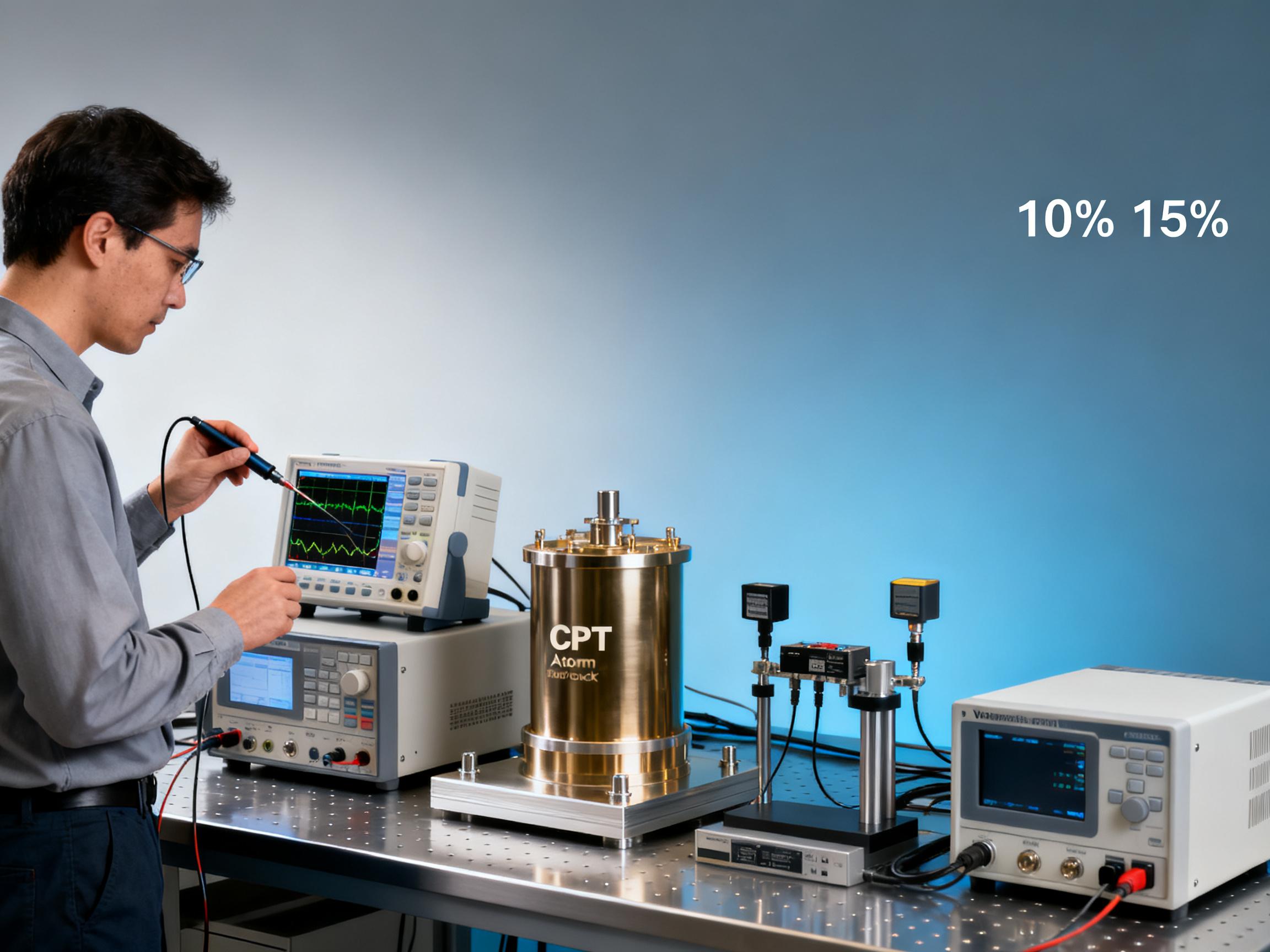RELATED
![How CPT Atomic Clocks Reduce OPEX in 5G Base Stations [Real Data] How CPT Atomic Clocks Reduce OPEX in 5G Base Stations [Real Data]](https://usimg.bjyyb.net/grey.png?x-oss-process=image/resize,m_fixed,w_800,h_600,limit_0) How CPT Atomic Clocks Reduce OPEX in 5G Base Stations [Real Data]2025-12-11
How CPT Atomic Clocks Reduce OPEX in 5G Base Stations [Real Data]2025-12-11 2024 CPT Atomic Clock vs Rubidium: Which Offers Better Stability for Telecom Networks?2025-12-08
2024 CPT Atomic Clock vs Rubidium: Which Offers Better Stability for Telecom Networks?2025-12-08 Live Demo Results: CPT Atomic Clock Performance Under Harsh Environmental Tests (Data Inside)2025-12-05
Live Demo Results: CPT Atomic Clock Performance Under Harsh Environmental Tests (Data Inside)2025-12-05 Budgeting for Precision: Total Cost of Ownership for a Rubidium Atomic Clock Over 5 Years2025-12-03
Budgeting for Precision: Total Cost of Ownership for a Rubidium Atomic Clock Over 5 Years2025-12-03
MESSAGE
The cesium atomic clock is an atomic clock based on the electron magnetic resonance of cesium-133 atoms and serves as the foundation of the modern time standard. Its principle is based on the energy level splitting of the ground state hyperfine structure of cesium atoms, possessing very high stability and precision.
Specifically, the principle of the cesium atomic clock is as follows:
1. Laser cooling is used to cool cesium atoms to a temperature below absolute zero in order to reduce the impact of the thermal motion of atoms on precision.
2. An optical resonator is employed to generate a microwave signal with a specific frequency, which matches the energy difference (i.e., the hyperfine structure) between two energy levels of cesium atoms.
3. The microwave signal with this frequency is then transmitted into a microwave resonator and interacts with the electron spins in cesium atoms, causing the electrons in cesium atoms to jump to a higher energy level state.
4. Then, by gradually adjusting the frequency of the microwave signal, the electrons in cesium atoms are made to continuously transition between the high energy level and the low energy level until a maximum absorption rate is observed.
5. This maximum absorption rate corresponds to the specific frequency of the cesium atom's hyperfine structure and can be used as an accurate time reference standard.
6. Finally, computer-controlled electronics are used to record the changes in the cesium atom's hyperfine structure so as to maintain the accuracy and stability of the clock.
Therefore, the cesium atomic clock takes advantage of the characteristics of cesium atoms, uses the transition frequency of cesium atoms as a time standard, and can provide a very high-precision time reference.
CONTACT US
Please use the form below to get in touch.
If you need a reply we will get in touch as soon as possible.

![How CPT Atomic Clocks Reduce OPEX in 5G Base Stations [Real Data] How CPT Atomic Clocks Reduce OPEX in 5G Base Stations [Real Data]](https://usimg.bjyyb.net/sites/91500/91958/1765179857856560163985903616.jpeg)



